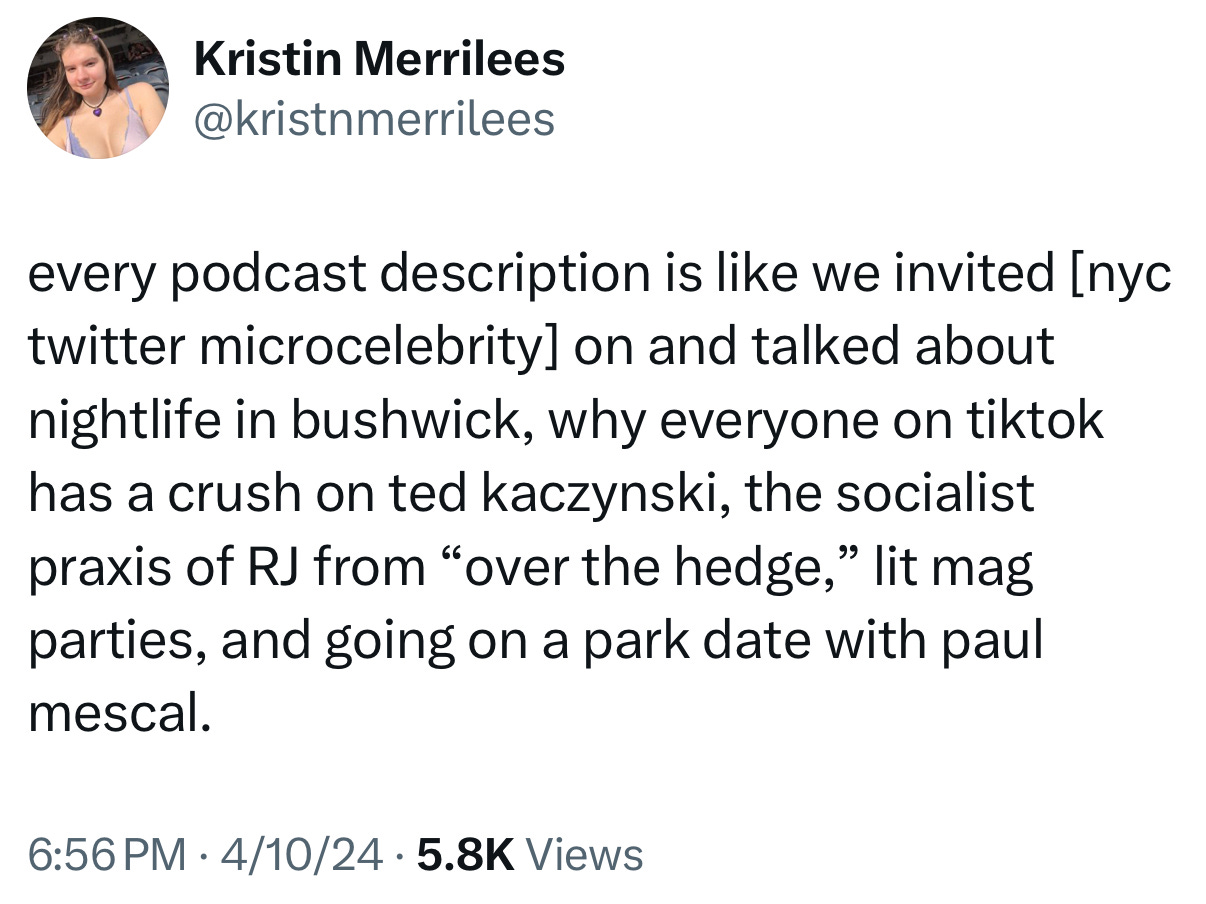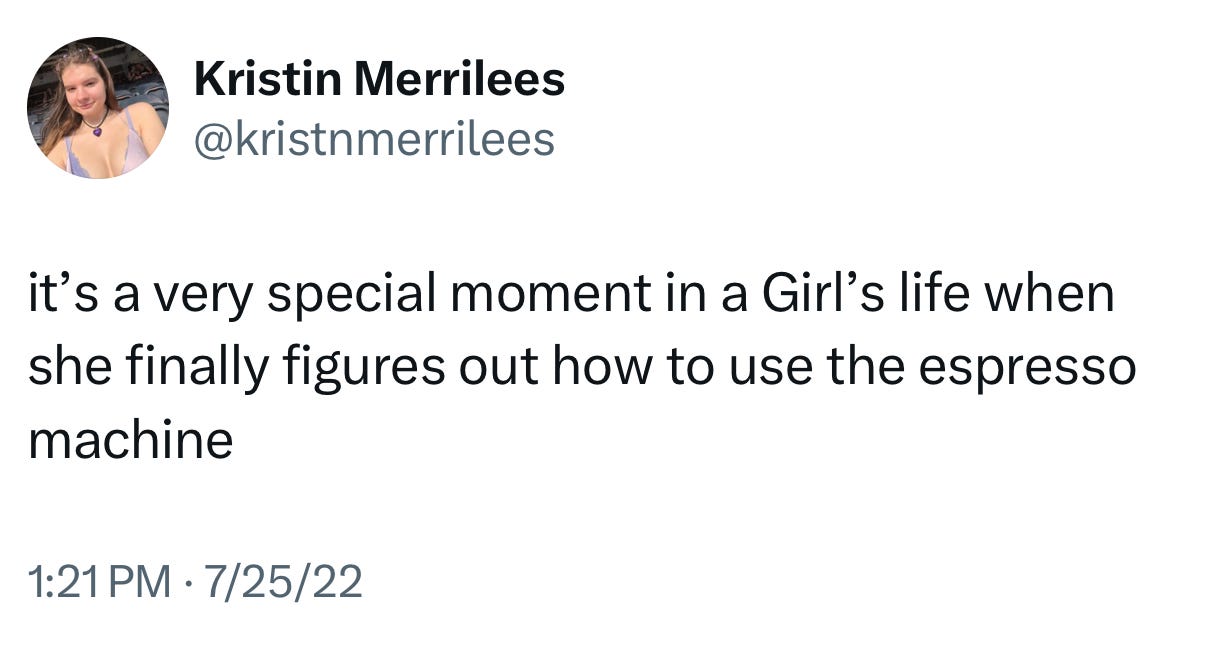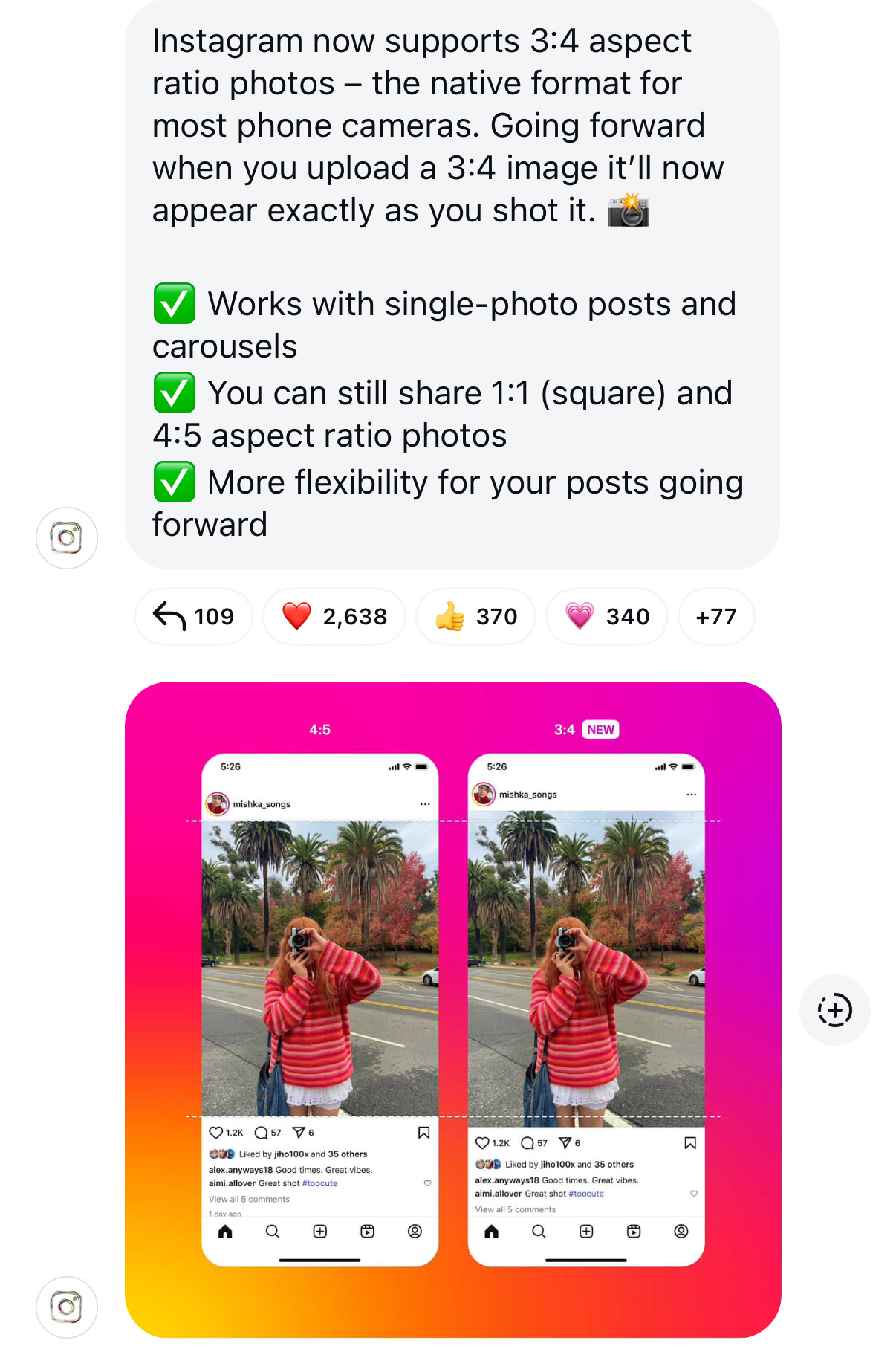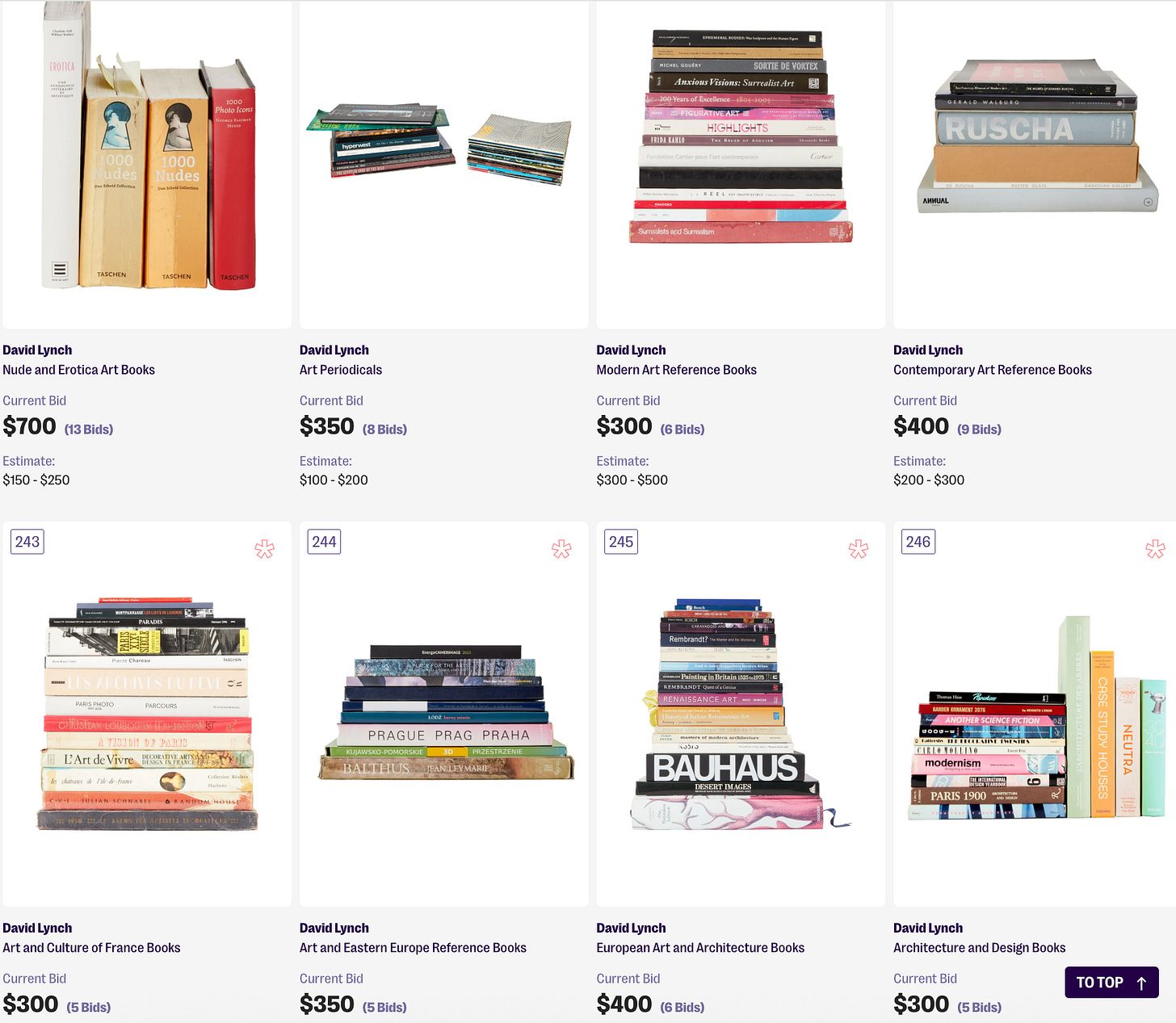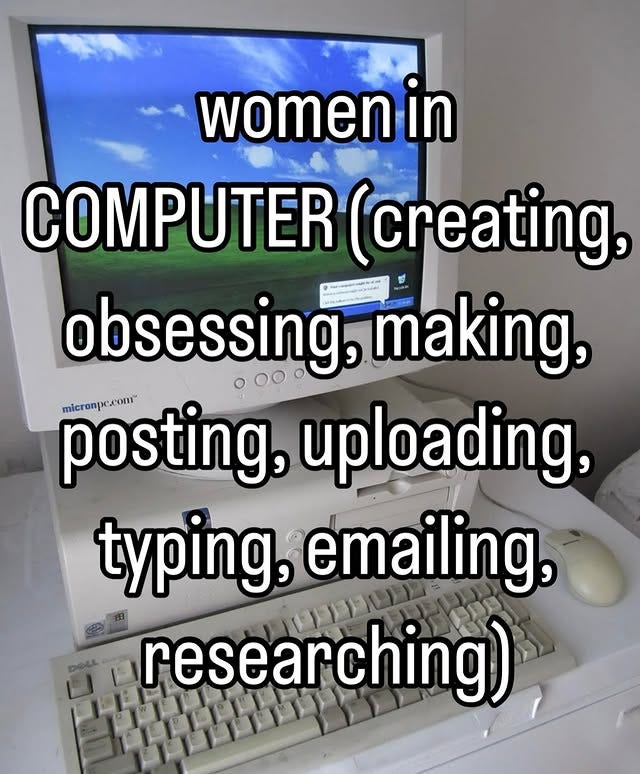'AI could never recreate this'
The phrase is becoming a motto for human creativity online.
Today’s issue of PHONE TIME includes: a social media trend embracing human creativity over artificial intelligence, plus a roundup of other internet-related news, including the Internet Archive’s microfiche livestream and a new Sillybandz “influencer party pack.”
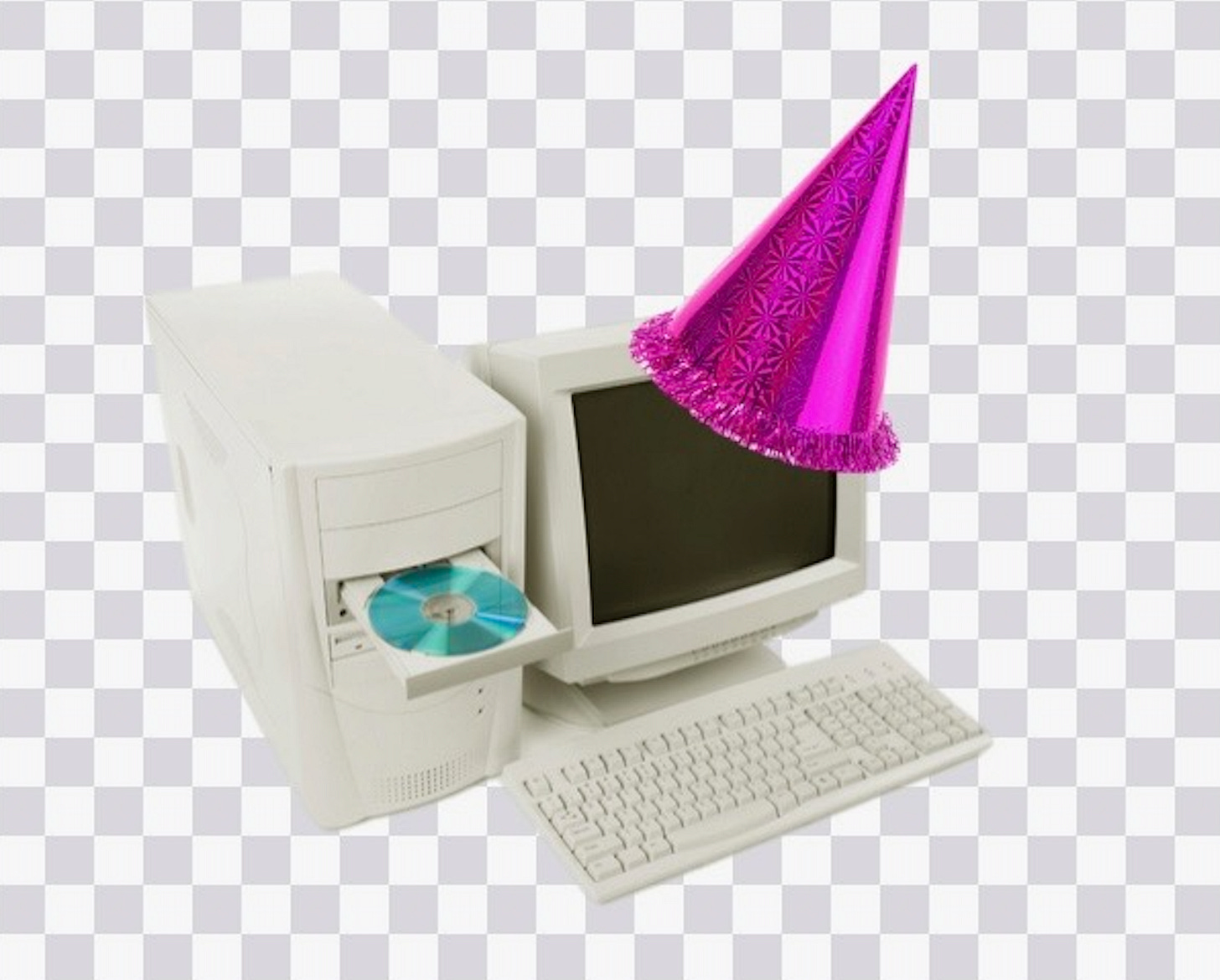
The X account “Images AI Could Never Recreate” has amassed over 215,000 followers by posting “a collection of memes that are uniquely human,” as its bio puts it.
The account isn’t all that different from other gimmick accounts reposting content sourced from social media platforms including TikTok, YouTube, Reddit, Tumblr, and Instagram. But by curating screenshots of odd text message exchanges, derailed comment threads, and other moments of general online mischief, it makes the case that the joy of the internet still depends on the humans who inhabit it.
The weird, creative, spontaneous, and frequently baffling ways people interact with each other online don’t really get old—unlike, say, the AI-generated Studio Ghibli memes that might be interesting at first glance but quickly fade from our feeds.
“AI could never recreate this” has become a kind of motto in defense of human creativity online.
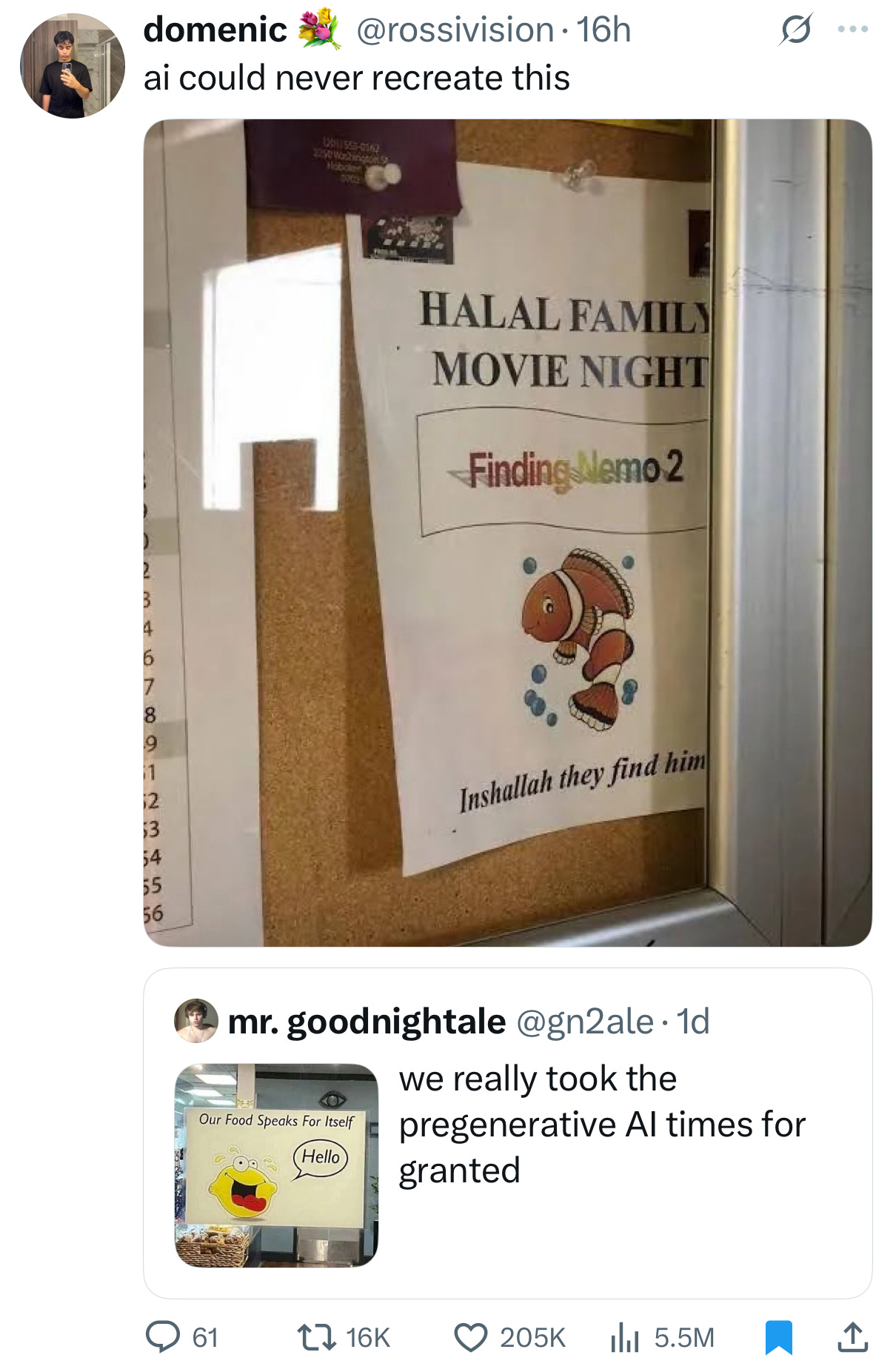
Here’s an example. When asked to recreate the above “Halal Family Movie Night” poster from scratch, Grok responded:
“I can attempt to generate an image similar to the described flyer for a ‘Halal Family Movie Night’ with ‘Finding Nemo 2’ and the caption ‘Inshallah they find him.’ However, capturing the exact cultural humor and handmade aesthetic is challenging. AI can produce a visually close version with precise prompts, but the nuanced humor and authenticity may not fully translate. Would you like me to proceed with generating the image?”
After a bit of back-and-forth, Grok eventually produced an image. Unsurprisingly, it did not measure up to the original.
Memes are iterative. One image macro might go through multiple rounds of filtering, cropping, repurposing, and adding. In 2014, Nick Douglas coined the term “internet ugly” in the Journal of Visual Culture to describe an online aesthetic trend—especially present in memetic forms—that’s “supposed to look like shit.”
“There’s a definable aesthetic running through meme culture, a celebration of the sloppy and the amateurish. It is eclectic and contains many visual genres. Its major techniques over time have included freehand mouse drawing, digital puppetry, scanned drawings, poor grammar and spelling, human-made glitches, and rough photo manipulation.”
More than a decade later, the internet ugly aesthetic persists in new memetic formats. Tools like Instagram’s “Create Mode” have made it extremely easy to edit photos and add filters, text, and doodles.
These kinds of memes, like those reposted by “Images AI Could Never Recreate” and other accounts, often blend real-life moments and photography with text overlays, filters, and other digital edits. The allure is in their human messiness, creativity, and embodied knowledge—making replication by AI difficult.
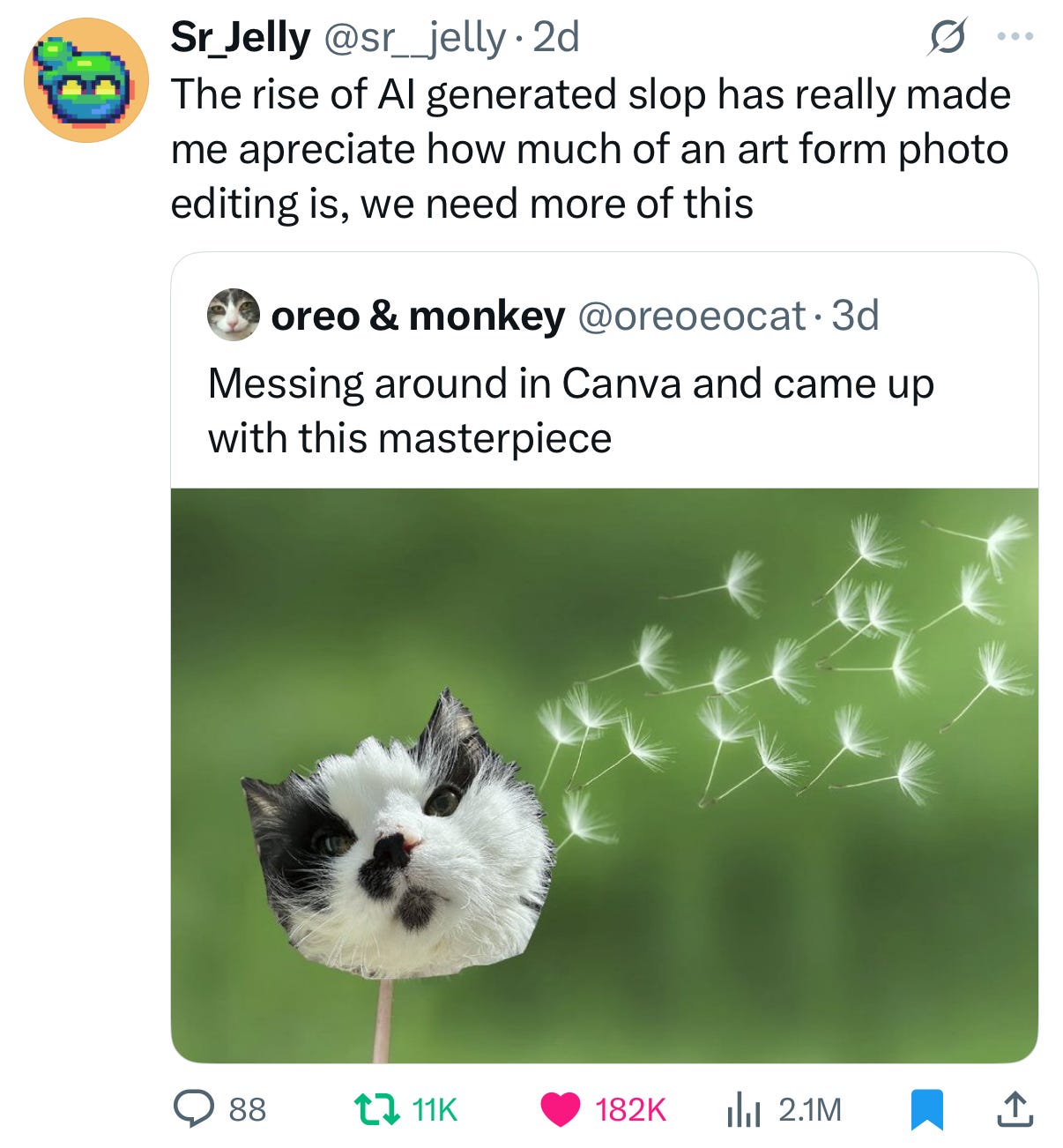
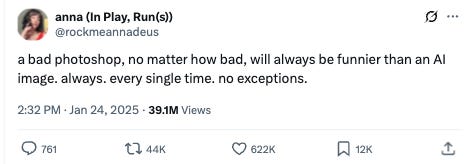
Elsewhere online
“I was kind of one of those kids that was on social media way too young. Like, I was on Twitter and had fanpages for One Direction and stuff,” Addison Rae said on Popcast. “I had a Facebook fanpage for Brooke [Hyland, from the television show ‘Dance Moms’].”
I’ve been working alongside this livestream from the Internet Archive’s microfiche scanning center. “Microfiche is a flat sheet of film that holds dozens—sometimes hundreds—of miniaturized document images. It’s been a common format for archiving newspapers, court documents, government records, and more since the 20th century,” a blog post explains.
Sillybandz’s newly released “Influencer Party Pack 100” includes a palm tree, director’s chair, and the letters “VIP.” It seems like a rebranding of the “Hollywood” pack, which includes the same bands.
You can now share 3:4 aspect ratio photos to Instagram without having them cropped.
Nearly 450 items from David Lynch’s personal collection are up for auction.

“A large, top-of-the-line home espresso machine; made in Italy, with added accoutrements including portafilters, filter baskets, a tamper, a cleaning brush, machine cleaner, a red coffee knock box, and a manual; used by Lynch on a daily basis as he truly loved his coffee!” reads the description for the La Marzocco GS/3 Home Espresso Machine (A).
Things I posted that you might enjoy

